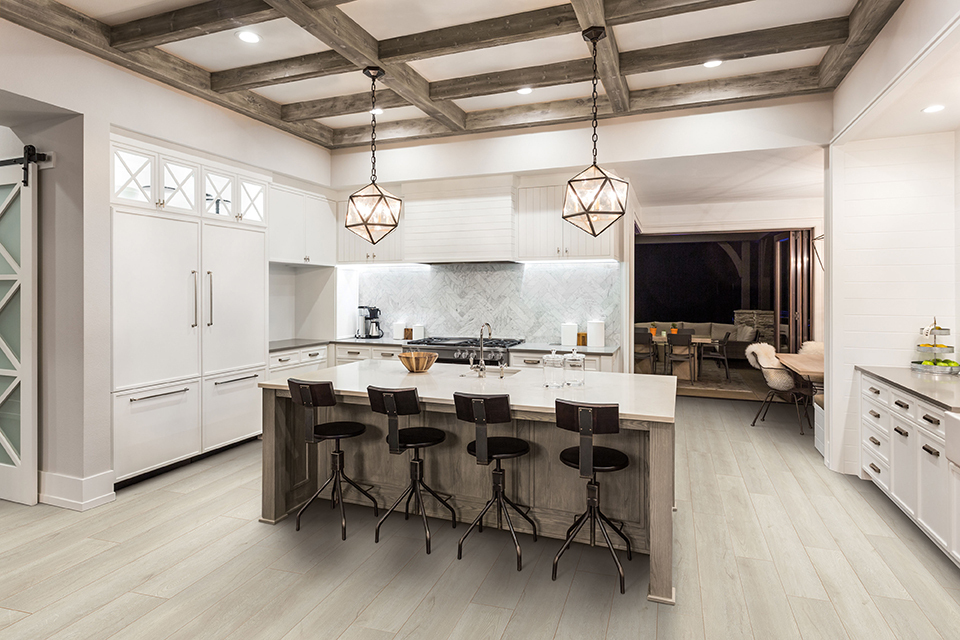

Space about 5' apart.į = small tree, maturing at 15-30' tall and wide. Space about 4' apart.Į = large shrub, maturing at 6-10' tall and wide. Space about 3' apart.ĭ = medium shrub, maturing at 4-6' tall and wide. Spacing depends on selection.Ĭ = small shrub, maturing at 2-4' tall and wide. An " * " indicates that either a male plant of the same species or a second plant of the same species is required for cross-pollination to produce fruit/berries.Ī = groundcover, maturing about 1' tall or shorter, spreading.Many of the recommended species have cultivars for you to choose from, but be aware that there are some pros and cons to using cultivars of native plants. The cultivar name is designated within single quotes such as Juniperus virginiana ‘Gray Owl’. A cultivar is a plant variety produced in cultivation by selective breeding for specific traits such as dwarf size or disease resistance.

As they grow and multiply, divide them and replant to cover more area. The more plant material that covers the area, the fewer weeds can germinate and grow, reducing the need to mulch. The quantity of each species to plant depends on the amount of space you have and your budget. Select one plant species from each plant category for a cohesive, uncluttered design.

Regularly monitor newly planted areas for moisture, especially during the first year after planting.After planting, apply mulch at a maximum depth of 3” to maintain soil moisture, protect roots from winter damage, and reduce weed growth until plants get established.Incorporate organic matter into the entire area prior to planting.While some plants will grow in less than ideal conditions, the growth and health of the plants will be optimal if their needs are being met. Landscapes with more plant diversity are more resilient to changes in the environment and native plants support beneficial insects that provide pollination, food for birds, and natural pest control. These designs move away from common foundation plants that tend to be overused, non-native (often invasive such as Japanese barberry), and not connected to our local ecology. Ĭreate sustainable, biodiverse landscapes It prohibits property managers from putting unreasonable limitations on low-impact landscaping such as habitat, pollinator, rain gardens, and xeriscaping. If you have concerns about landscaping rules imposed by your HOA, check out this bill passed in 2021 by the Maryland General Assembly.This reduces the trampling of smaller plants and compacting the soil. The area closest to structures should be planted in the first phase. Begin by removing or relocating existing plants that are showing signs of stress or have outgrown the space. The designs can be implemented over time.Aim to have at least 70% native plants to help support native beneficial insects and birds. Most of the plants are native to Maryland or the southeastern U.S.Always ask for alternatives that are native plants.

Local garden centers or nurseries can recommend similar plants to suit your site's conditions. Some plants may not be appropriate for all situations.


 0 kommentar(er)
0 kommentar(er)
